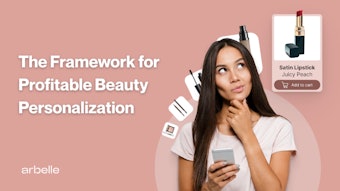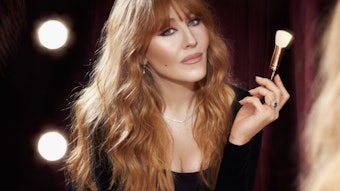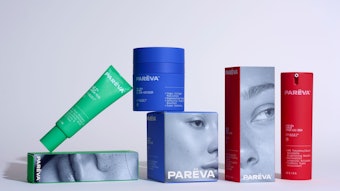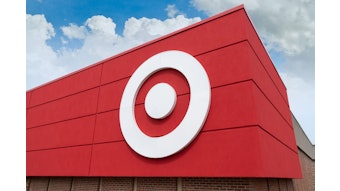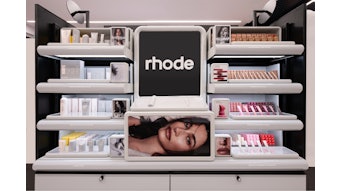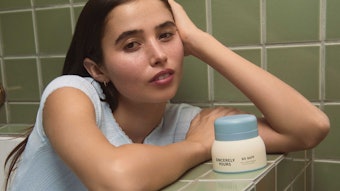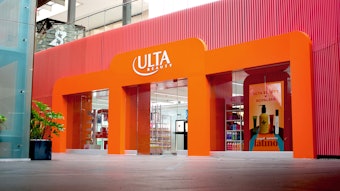
Facebook and Instagram are generating essentially zero organic brand reach, according to a new analysis from L2. As a result, brands are having to spend to boost audience. The result is a 50% increase in social media ad spending in 2016.
In addition, brands are pursuing product placement on influencers' feeds, where, on Instagram, 87% of consumer-brand interactions occur.
This strategy has boosted the engagement of brands such as Anastasia, Kiehl’s and Valentino, L2 has noted, with influencers sharing images of the companies' products in their feeds.
"Anastasia posts on average seven photos per day on the platform, and much of the content is reposts from makeup artist and models with more than 10,000 followers," the L2 analysis found. "This product placement strategy is paying off for Anastasia in sales, placing it as the fastest-growing beauty brand in the first half of 2015."
But collaborating with influencers doesn't mean that brands have to give up control of their marketing identity. In fact, L2's analysis of Kiehl's product placement in Instagram found that "almost all that are posted by major influencers have common elements."
These elements include, "The backdrop is usually white sheets or a white wooden background. Several contain white flowers and white objects (bathing suit, coffee mug) and featuring a MacBook and/or a magazine."
The common aesthetics keep Kiehl's on-brand across many platforms.


